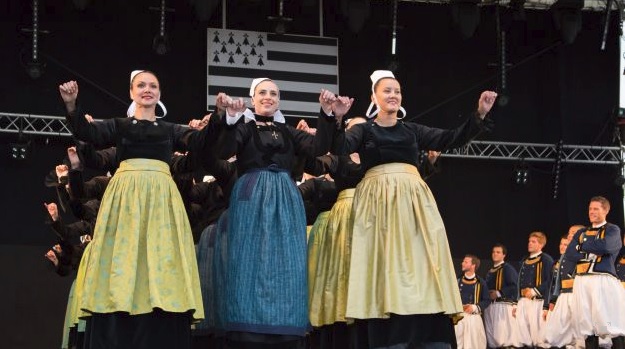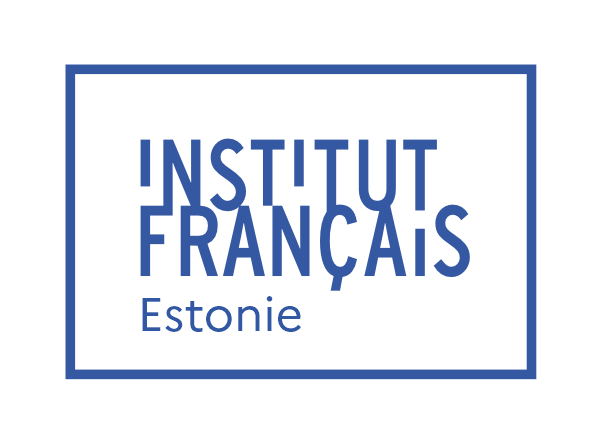The traditional Breton dances, both for leisure and for challenge
Dancing is an ancient tradition in Brittany and its many centuries of existence has led the practice to evolve in many ways. So, nowadays, there are dozens of dances and some of them have different variants from one Breton region to the other. However, the most popular and known dances are the passepied, the plinn, dances of the gavotte family and the dérobée.
There are several forms for Breton dances. The most common one is when dancers form two lines facing each other but they can also form a closed circle or dance in groups of four people or just as couples. The best way to learn Breton dances is to become a member of a Celtic circle, cultural associations that are very popular in Brittany and Loire-Atlantique, a department which used to be part of Brittany for a long time and thus has a strong Breton identity. Although the French Institute of Estonia is not a Celtic circle, it made possible for people to learn some steps of Breton dances during its first Nuit Blanche on June, 1st of 2018. For those who already know the dances but still want to practice them, Celtic circles are always a nice option, but not the only option.
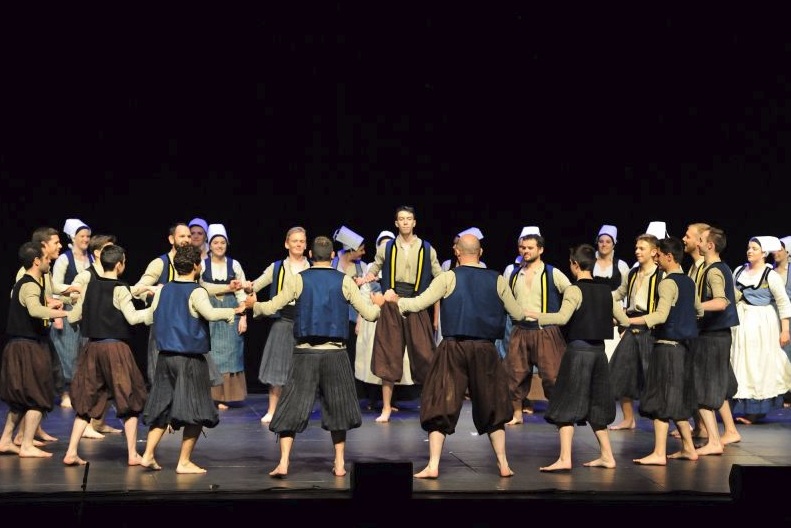
Indeed, Fest-Noz, which are festive gatherings, are always a joyful occasion to practice Breton dances. Their name means “party at night” in Breton language. However, it happens that those festivities take place during the day: then, their name is “fest-deiz”, but they are not as common as the ones occurring at night. During Fest-Noz, people can dance following the rhythms of Breton music played by musicians all night long but they can also have a cup of cider which is the traditional beverage to drink while eating galettes. If you ever go to a Fest-Noz without knowing the dance steps, don’t worry: it’s really easy to watch and imitate the people dancing those Breton dances.
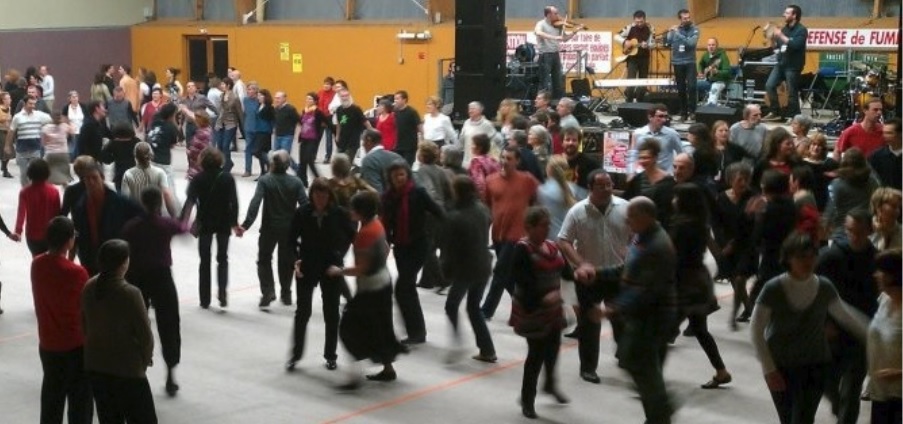
Most of all, dancing in Brittany is considered as a source of joy and that’s why people dance. Nevertheless, there are some Breton dances competitions happening every summer in that part of France. The biggest competition of this kind is the one that is organized by the confederacy of Celtic circles Kendalc’h (“preserving” in Breton language).
Kendalc’h’s Brittany Championship has three stages during which Celtic circles perform on stage. The first one is a competition that takes place in April in the city of Vannes. This competition is mainly focused on Breton dances traditional form. The second stage is about assessing the quality of the staging and the show. This competition, entitled Dañs Excellañs, occurs in June in the city of Quimper for the Celtic circles that are part of the “Excellence” category. Then, the championship finale takes place during the St Loup festival in August in the city of Guingamp. Until the finale, the first Celtic circles of 2018 ranking were Strollad an Tour-Iliz from Trescalan – La Turballe (a town in Loire-Atlantique) and Eostiged ar Stangala from the city of Quimper. The first one is the 2017 vice-champion whereas the second one is the winner of the 2017 Championship. But, in the end, it’s Strollad an Tour-Iliz who won the 2018 Championship. Congratulations!
Kenavo!*
* “goodbye” in Breton language
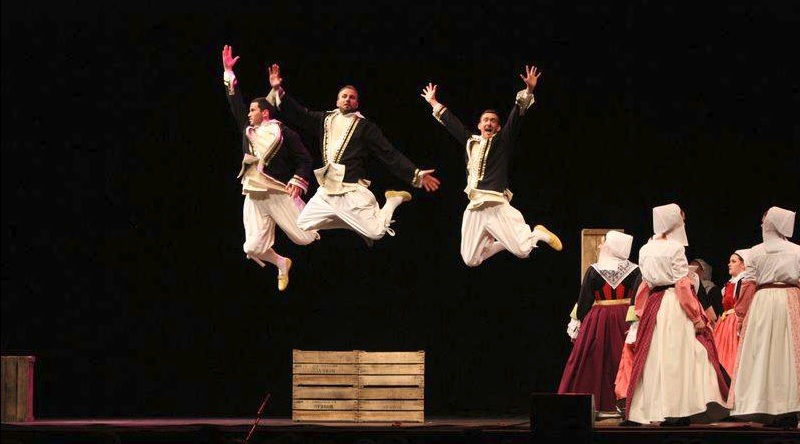
![]()
